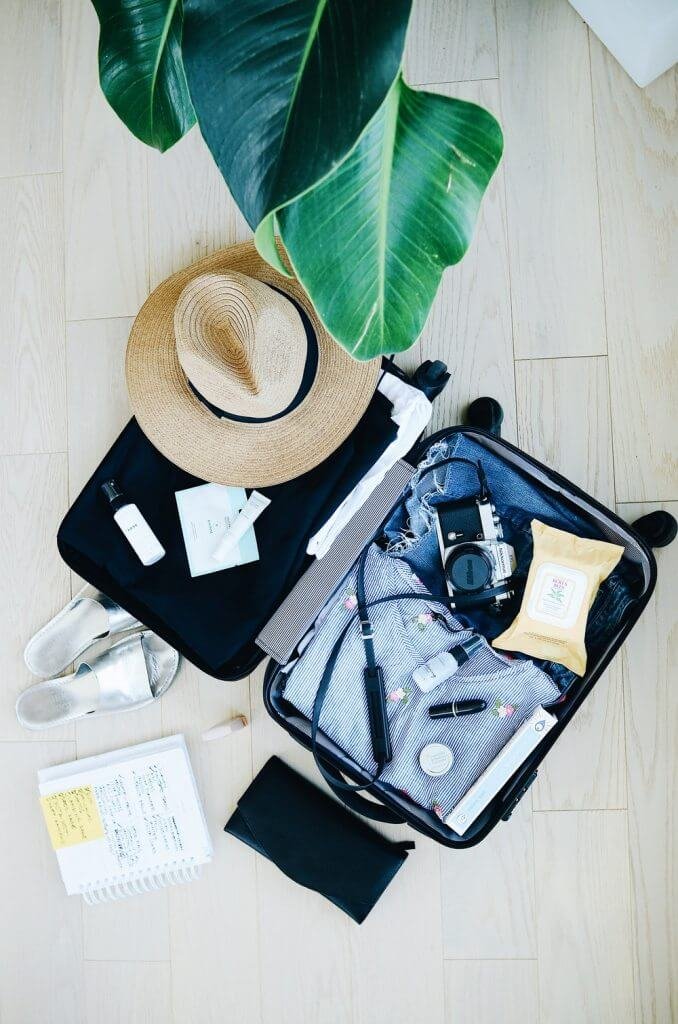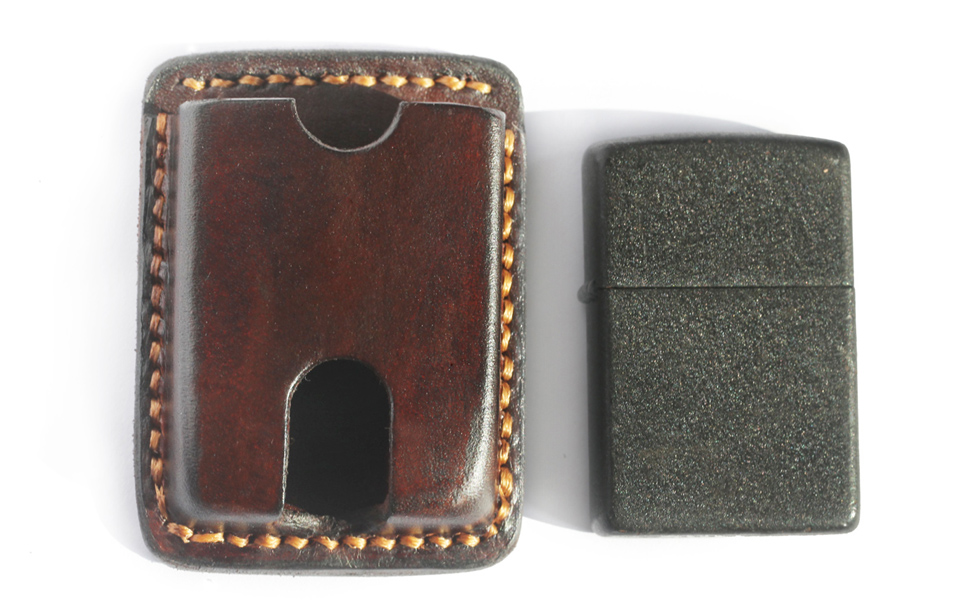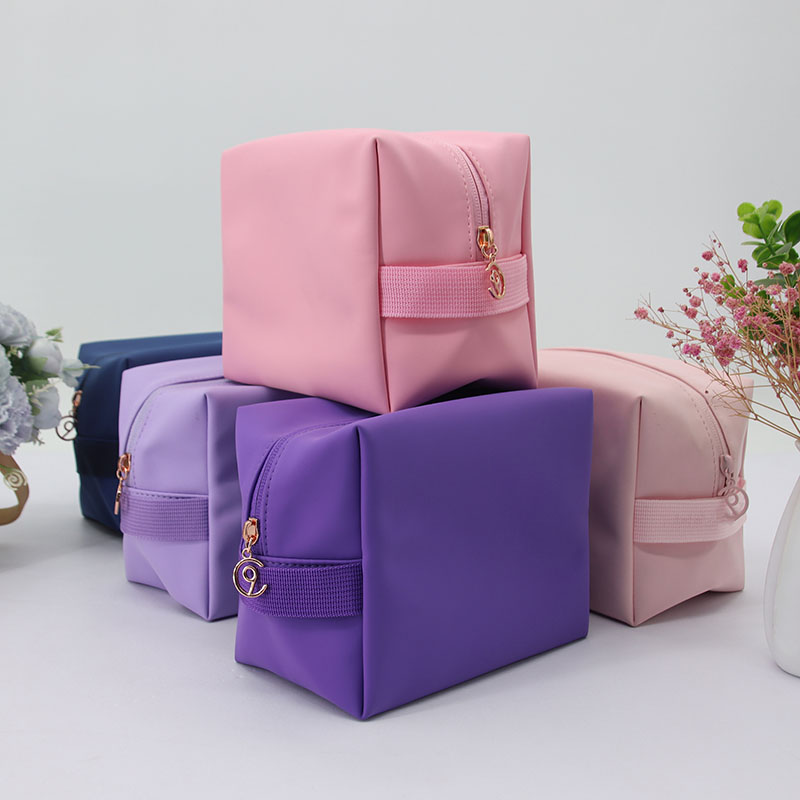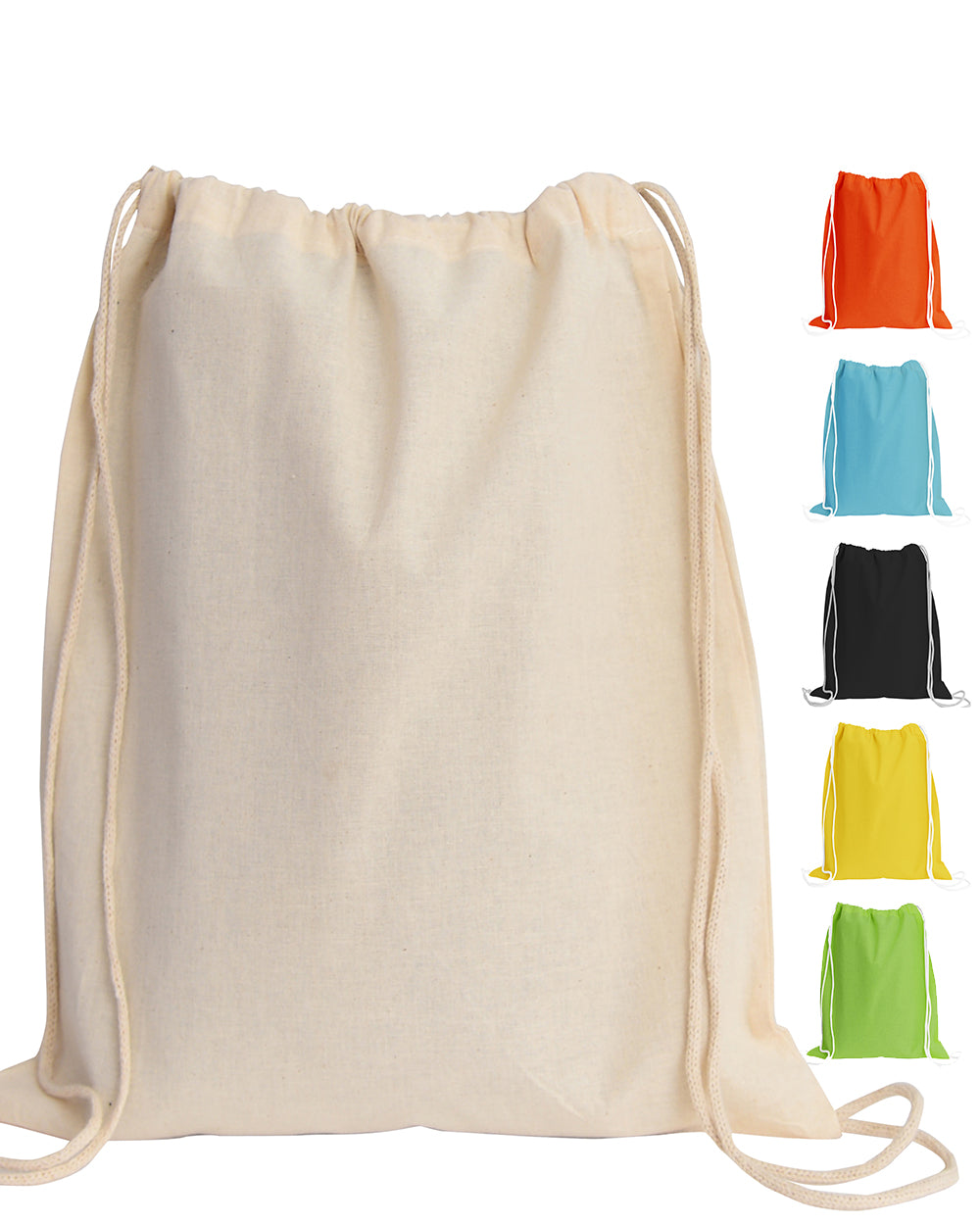To make your bag lighter, start by emptying it completely, removing non-essentials and duplicates, digitizing documents, and using travel-sized items.

Table of Contents
1. The Foundational Step: What Are You Really Carrying?
2. How to Strategically Downsize Your Essentials
3. Why Going Digital Is Your Lightest Option
4. Does Your Bag’s Design Impact Its Weight?
5. Cultivating a Habit of Lightness

How To Make Your Bag Lighter: A Practical Approach to Everyday Comfort
A heavy bag is more than just an inconvenience; it can lead to shoulder pain, poor posture, and daily frustration. The feeling of being weighed down by your own essentials is a common problem, but the solution is often simpler than you think. It involves a shift in mindset from preparing for every possible scenario to mindfully curating what you truly need. By adopting a few key strategies, you can significantly reduce the load you carry, improving both your comfort and your efficiency throughout the day.

The Foundational Step: What Are You Really Carrying?
Before you can lighten your bag, you must first understand what’s inside it. The first action is the most crucial: the complete emptying of your bag. This is not a quick rummage but a deliberate act of auditing your daily carry. It’s an opportunity to confront the accumulation of items that happens over weeks and months.
The “Everything Out” Method
Find a clear, flat surface and completely empty the contents of your handbag, backpack, or briefcase. Turn it upside down and shake it out to ensure every last receipt, pen cap, and stray coin is accounted for. This physical act of seeing everything laid out provides a powerful visual inventory and is the most effective way to begin the decluttering process. You will likely be surprised by the sheer volume of items you have been carrying without a second thought.
Categorize and Conquer
Once everything is visible, begin sorting items into distinct piles. This process brings clarity to the chaos and helps you make logical decisions rather than emotional ones. Use these categories as a starting point:
- Daily Essentials: Items you use every single day, such as your wallet, keys, and phone.
- Frequent Use: Things you use several times a week, like a lip balm, hand sanitizer, or a portable charger.
- “Just-in-Case” Items: The emergency kit you rarely, if ever, open. This could include a full-size first-aid kit, a sewing kit, or a stain remover pen.
- Duplicates: How many pens, lipsticks, or packs of gum do you have? Group all identical or similar items together.
- Trash and Clutter: Old receipts, used tissues, expired coupons, and other miscellaneous debris.
This categorization immediately reveals where the bulk of the weight is coming from. The trash is an easy win, but the real progress comes from critically examining the “Just-in-Case” and “Duplicates” piles.
How to Strategically Downsize Your Essentials
With a clear understanding of your bag’s contents, the next phase is to reduce the volume and weight of what goes back in. This isn’t about deprivation; it’s about making smarter, more efficient choices for the items you decide to keep.
The Art of Miniaturization
Full-sized products are one of the biggest contributors to a heavy bag. You can shed significant weight by swapping them for smaller alternatives. Instead of a large bottle of hand sanitizer, opt for a small, refillable one. Purchase travel-sized versions of your favorite lotion, sunscreen, or perfume. For makeup, look for multi-use products like a cheek-and-lip tint or a small palette that contains your essential shades, rather than carrying multiple individual compacts.
Re-evaluating Your “Just-in-Case” Items
The impulse to be prepared for any situation is strong, but it often leads to carrying an unnecessarily heavy load. Ask yourself honestly: When was the last time I used this? If the answer is more than a month ago, consider leaving it at home, in your car, or at your desk. You don’t need a pharmacy’s worth of medication; a small container with a few doses of your most-needed pain reliever is sufficient. A large notebook can be replaced with a pocket-sized one or, even better, a digital alternative.
Why Going Digital Is Your Lightest Option
One of the most effective ways to lighten your load is to transfer physical items into a digital format. Your smartphone is a powerful tool for consolidation, capable of replacing dozens of physical objects that add unnecessary weight and bulk to your bag.
Replacing Paper with Pixels
Think about all the paper you carry. A planner, a notebook, coupons, loyalty cards, and even books can add significant weight. Transition to a digital calendar and a note-taking app on your phone. Most retailers now have apps for loyalty programs, eliminating the need for a stack of plastic cards. If you enjoy reading on the go, an e-reader or a reading app on your phone is infinitely lighter than carrying even a single paperback book.
Consolidating Cards and Cash
A bulky, overstuffed wallet is a primary offender in a heavy bag. Empty your wallet and remove everything you don’t use on a daily basis—old gift cards, extra credit cards, and accumulated business cards. Digitize what you can and file the rest at home. Consider switching to a slimmer, more minimalist wallet. A high-quality leather cardholder, for instance, forces you to carry only the essential cards, drastically reducing both weight and size.
Does Your Bag’s Design Impact Its Weight?
The bag itself is a critical part of the equation. While it’s tempting to blame a heavy bag solely on its contents, the design, material, and structure of the bag play a significant role in both its actual weight and how that weight is distributed.
The Myth of Heavy Leather
Many assume that a premium leather bag is inherently heavy. The truth is, unnecessary bulk and poor organization are the real culprits. A high-quality, full-grain leather bag from Beldțura Leather is crafted for balance, durability, and structure. Unlike flimsy, unstructured bags that become a bottomless pit for clutter, a well-designed leather bag often features dedicated compartments that encourage organization. This inherent structure prevents you from overstuffing and helps maintain a more manageable weight.
Choosing a Structure That Encourages Minimalism
The right bag can be your best ally in keeping things light. A slim briefcase or a structured tote with built-in pockets and dividers prompts you to assign a place for everything. This not only makes items easier to find but also makes you more conscious of what you’re adding. When you invest in a thoughtfully designed piece, like those in the Beldțura Leather collection, you are choosing an accessory that supports a more organized and streamlined lifestyle. The quality of the material ensures longevity, while the intelligent design helps you carry your essentials in style and comfort.
| Feature | Bulky, Unstructured Bag | Structured Beldțura Leather Bag |
|---|---|---|
| Organization | Single large compartment, leads to jumbled items and overpacking. | Multiple dedicated pockets and dividers for phone, keys, and wallet. |
| Weight Distribution | Weight pools at the bottom, creating strain on one point. | Structure helps distribute weight more evenly across the bag. |
| Material | Can be made of heavy hardware and low-quality, bulky materials. | Crafted from balanced full-grain leather with high-quality, lightweight hardware. |
| Habit Formation | Encourages a “throw-it-all-in” mentality. | Promotes mindful packing and organization. |
Cultivating a Habit of Lightness
Making your bag lighter isn’t a one-time task; it’s an ongoing practice. To prevent your bag from slowly returning to its former, heavier state, it’s important to build habits that maintain its streamlined contents. Consistency is the key to long-term comfort and organization.
The Weekly Reset
Set aside five minutes at the end of each week to perform a quick clean-out. This isn’t the full-scale audit you started with, but a simple maintenance check. Remove any accumulated receipts, trash, and items that don’t belong in your daily carry. This small, consistent effort prevents clutter from building up and ensures your bag remains a functional and lightweight tool for your week ahead.
The One-In, One-Out Rule
Apply the “one-in, one-out” rule not just to your wardrobe, but to your bag as well. If you add a new item, whether it’s a new lipstick or a notebook, make a conscious effort to remove something of similar size or purpose. This simple principle forces you to continually evaluate what is truly necessary and prevents the slow, almost unnoticeable accumulation of weight over time. It transforms your bag from a storage unit into a curated collection of your most important daily items.


